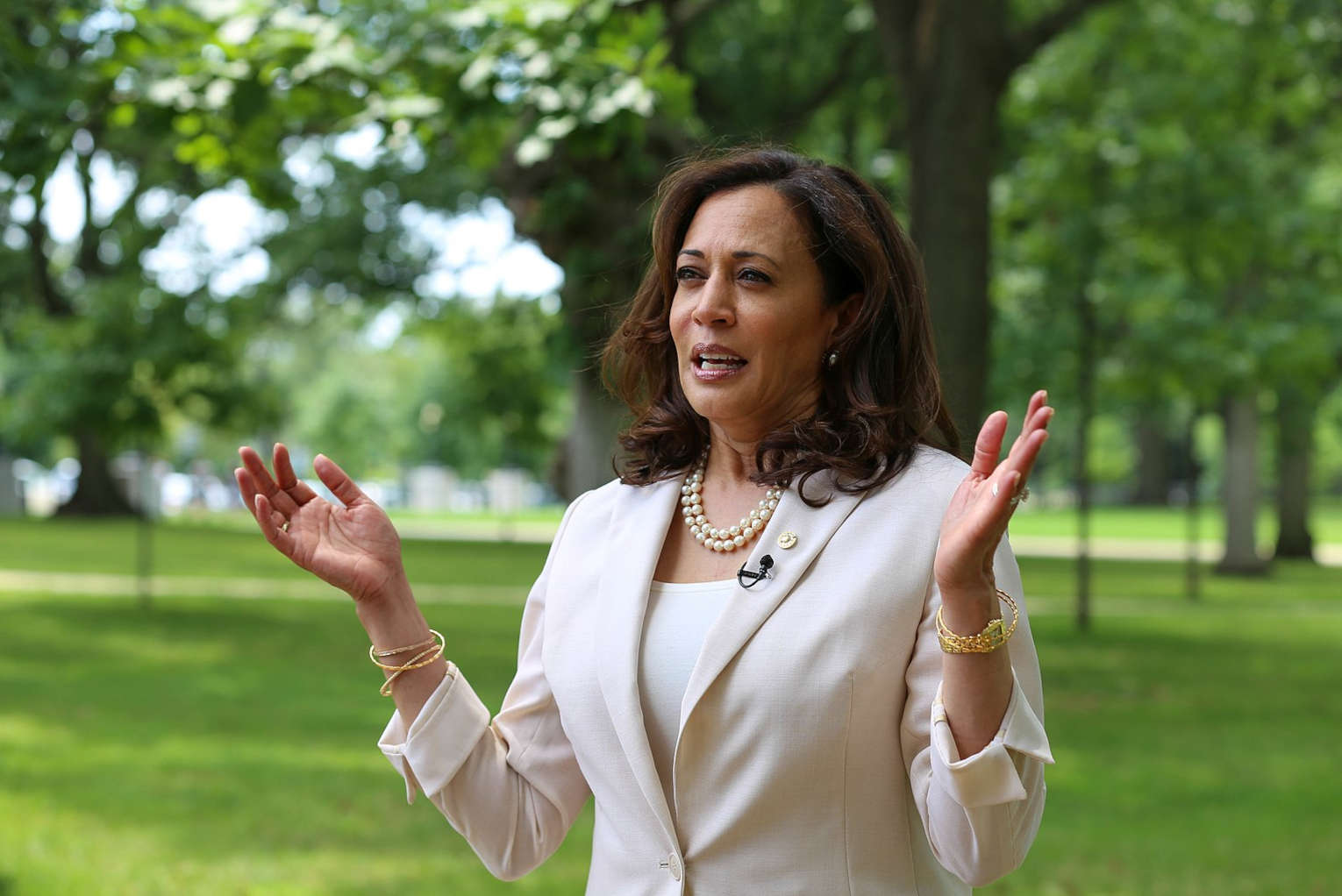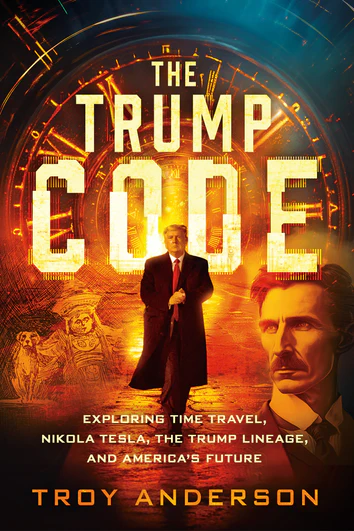She should have just kept her mouth shut about the economy. I know that sounds harsh, but it is true.
The best chance that Kamala Harris had of winning was to stand for nothing. I am being completely serious. For the first few weeks of her campaign, she was being showered with positive coverage by the mainstream media even though she had not come forward with any serious policy proposals. She could have probably continued doing that all the way to election day in November, but now she has ruined her campaign by telling us what she actually plans to do if she becomes president. As you will see below, even the mainstream media hates her economic plan.
Right now, 59% of Americans believe that we are already in a recession. Most of us detest what has happened to the economy, and so Harris should not be talking about this if she plans to win. Unfortunately for her, that is precisely what she has been doing. For example, she uttered a soundbite during one recent speech that will be played millions of times between now and election day.
“A loaf of bread costs 50% more today than before the pandemic. Ground beef is up almost 50%.”
Why would she say something like this? Does she actually want people not to vote for her?
Breaking News. Spirit-Filled Stories. Subscribe to Charisma on YouTube now!
Now that the government has created the cost of living crisis, Harris plans to fix it by imposing price controls. Needless to say, that idea went over like a dud.
Harris announced Wednesday that she would institute a “federal ban on price gouging on food and groceries” as president in an attempt to stop “big corporations” from taking advantage of consumers, and outlets like the Washington Post, CNN and Newsweek published reports shredding the idea.
“Whether the Harris proposal wins over voters remains to be seen, but if sound economic analysis still matters, it won’t,” the liberal-leaning Washington Post editorial board wrote on Friday.
The Washington Post editorial board actually compared her plan to the failed price controls that President Nixon imposed in the 1970s.
The Post’s editorial board took Harris to task on the idea, stating it’s not even clear what her plan is. “Ms. Harris says she’ll target companies that make ‘excessive’ profits, whatever that means.” It also expressed relief that the plan was getting pummeled out of the gate.
“Thankfully, this gambit by Ms. Harris has been met with almost instant skepticism, with many critics citing President Richard M. Nixon’s failed price controls from the 1970s.”
Order Troy Anderson’s “The Trump Code on Amazon.com!
In a different piece, a Washington Post columnist named Catherine Rampell stated that it is “hard to exaggerate how bad this policy is.”
It’s hard to exaggerate how bad this policy is. It is, in all but name, a sweeping set of government-enforced price controls across every industry, not only food. Supply and demand would no longer determine prices or profit levels. Some far-off Washington bureaucrats would. The FTC would be able to tell, say, a Kroger in Ohio the acceptable price it can charge for milk.
At best this would lead to shortages, black markets and hoarding, among other distortions seen previous times countries tried to limit price growth by fiat. (There’s a reason narrower “price gouging” laws that exist in some U.S. states are rarely invoked.) At worst, it might accidentally raise prices.
And to close out her article, Rampell actually suggested that Harris is acting like a “communist.”
If your opponent claims you’re a “communist,” maybe don’t start with an economic agenda that can (accurately) be labeled as federal price controls.
This is the Washington Post! I can’t remember the last time the Washington Post criticized a Democratic candidate for president this harshly.
Harris is not a serious candidate, and so she should stop trying to be one. Just smile and wave at the cameras. A lot of voters will like that. There is no way that Harris is going to win over voters with her ideas, because her ideas are terrible.
On Saturday, Elon Musk retweeted an outstanding post by Robert Sterling that summarizes what widespread price controls would do to our food industry. Because Sterling’s social media post is so good, I have reproduced the entire thing below.
- The government announces that grocery retailers aren’t allowed to raise prices.
- Grocery stores, which operate on 1-2% net margins, can’t survive if their suppliers raise prices. So the government announces that food producers (Kraft Heinz, ConAgra, Tyson, Hormel, et. al.) also aren’t allowed to raise prices.
- Not all grocery stores are created equal. Stores in lower-income areas make less money than those in higher-income areas, as the former disproportionately sell lower-margin prepackaged foods (“center of the store”) instead of higher-margin fresh products like meat (“perimeter of the store”). Because stores in lower-income areas aren’t able to cover overhead (remember, even if their wholesale costs are fixed, their labor, utilities, insurance, and other operating expenses aren’t fixed… yet), grocery chains start to shut them down. Food deserts in rural areas and in low-income urban areas alike become worse.
- Meanwhile, margins for food producers are also quickly eroding. Their primary costs (ingredients, energy, and labor) aren’t fixed, and their shrinking gross profits leave less cash flow available to cover overhead, maintain facilities, and reinvest in additional production capacity.
- Grocery chains, which have finite shelf space, start to repurpose their stores (those they didn’t have to shut down, I should say) to sell more non-price-controlled items—everything from nutrition supplements to kitchenware to apparel—and less price-controlled food products. Your local Kroger or Safeway starts to look and feel more like a Walmart.
- Food producers stop making products with lower margins. Grocery chain start competing with each other to secure inventory. Since they can’t compete by offering stronger prices (remember, producers aren’t allowed to raise prices here, and, even if they could, grocery chains no longer have the gross profit to bear price increases), they compete on things like payment terms.
- Small grocery chains start to shut down entirely, or get sold to larger chains like Kroger. In addition to not being able to cover fixed costs, a major reason for this is because they can no longer reliably secure delivery of products, due to producers prioritizing sales to larger customers, which are able to leverage their stronger balance sheets to offer superior payment terms.
- Smaller food producers—which typically sell via distributors, rather than directly to grocery chains—start to go out of business. Because these producers have an additional step their value chains, and because they have lower volumes over which to spread their fixed costs, their cost structure is inherently disadvantaged compared to major food producers. When grocery stores aren’t able to raise prices, cutting product costs becomes all the more important, and deprioritizing purchases from smaller producers is an easy way to do so.
- As supply chains break down, lines start to form outside grocery stores every morning. Cities assign police officers to patrol store parking lots, and food producers draft contingency plans to assign armed escorts to delivery trucks.
- The federal government announces a program to issue block grants for states to purchase and operate shuttered grocery stores. The USDA also seizes closed-down production facilities.
- The government announces that prices for all key food costs—corn, wheat, cattle, energy, etc.—are also now fixed, to stop “profiteers” from gouging the now-government-operated food industry.
- Shockingly, the government struggles to operate one of the most complex industries on the planet. The entire food supply chain starts imploding.
- Communism, mass starvation, and the end of America quickly ensue.
I couldn’t have said it any better myself.
Harris also wants to distort the housing market with all sorts of crazy government interference. The following comes from CNN…
- Up to $25,000 in down-payment support for first-time homebuyers.
- To provide a $10,000 tax credit for first-time homebuyers.
- Tax incentives for builders that build starter homes sold to first-time buyers.
- An expansion of a tax incentive for building affordable rental housing.
- A new $40 billion innovation fund to spur innovative housing construction.
- To repurpose some federal land for affordable housing.
- A ban on algorithm-driven price-setting tools for landlords to set rents.
- To remove tax benefits for investors who buy large numbers of single-family rental homes.
All of that sounds expensive.
Harris also wants to cut taxes for lower-income workers and families with children.
Harris’ campaign said Friday morning that she’s in favor of permanently expanding the Child Tax Credit to up to $3,600 per child and cutting taxes for lower-income workers without children by $1,500. Families with newborns would be eligible for a $6,000 tax credit under the Harris plan.
This is one thing that Harris is being widely praised for, because everybody likes lower taxes. Copying Donald Trump’s idea, Harris is proposing that there should be no tax on tips. She is also promising to pay off student loan debt and some medical bills.
Basically, she is promising lots and lots of freebies. But how in the world is she going to pay for all of this? We are already 35 trillion dollars in debt.
Needless to say, Harris never intends to actually implement most of this stuff. Back in 2021, the Biden administration promised to construct 500,000 electric vehicle charging stations. So far, the grand total that they have actually built is just eight.
As WaPo reported, Biden-Harris has long vowed to build 500,000 electric vehicle charging stations in the United States by 2030.
In 2021, the Infrastructure Investment and Jobs Act included $7.5 billion to build 500,000 public charging stations for electric vehicles (EVs) nationwide. This was an effort to encourage people to switch to clean energy, as they wrote rules to force them to switch.
As Reason reported in December, not one charger funded by the program had yet come online. Six months later, the number of functional charging stations ticked to eight.
Politicians make all sorts of promises, but delivering on them is another matter entirely.
Are U.S. voters buying what Kamala Harris is selling? According to the latest numbers from Rasmussen, Donald Trump still has a narrow lead.
Former President Donald Trump continues to lead Vice President Kamala Harris, although the Democrat has slightly narrowed the margin.
The latest Rasmussen Reports national telephone and online survey finds that, in a two-way matchup, 49% of Likely U.S. Voters would vote for Trump, while 45% would vote for Harris. Three percent (3%) say they’d vote for some other candidate and two percent (2%) are undecided. These findings are just slightly changed from a week ago, when Trump led by five points, with 49% to Harris’s 44%.
This has already been such a chaotic election season, and I am expecting much more chaos during the months ahead.
It appears that this is a race that is going to go down to the wire, and at this point both sides are fully expecting to win.
If Kamala Harris ultimately loses, it is going to feel like the end of the world for many on the left, and we will witness a temper tantrum of absolutely epic proportions.
Michael Snyder’s new book entitled “Chaos” is available in paperback and for the Kindle on Amazon.com, and you can subscribe to his Substack newsletter at michaeltsnyder.substack.com.
Join Charisma Magazine Online to follow everything the Holy Spirit is doing around the world!








































